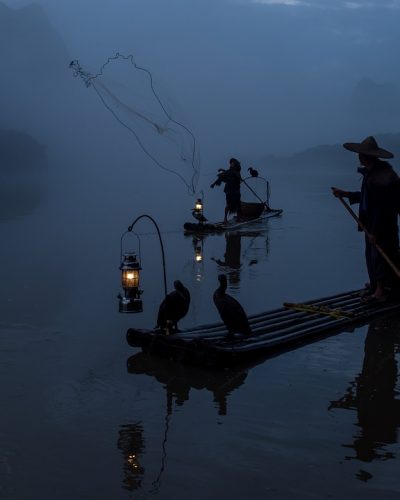gadgets
These gadgets ought to be effectively available, and everybody on board ought to know all about the different sound signs utilized in oceanic correspondence.
It means quite a bit to know how to utilize these gadgets appropriately and to store them in a dry, open area on your boat. Route lights are fundamental for drifting around evening time or in low-permeability conditions. They assist different vessels with seeing your boat and grasping your heading and movement. The U.S. Coast Gatekeeper commands explicit lighting setups in view of the size and sort of vessel:

